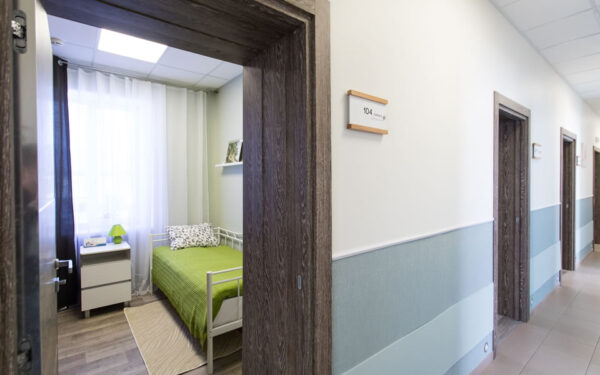Assisted Living in the Post COVID-19 World
By John Klenner, Partner, Assurance Services
COVID-19 took a deep toll on assisted living facilities in 2020 and early 2021. Residents, staff and Executive Directors suffered through not only illness but constant worry and challenging work conditions with enhanced personal protective equipment requirements and emotional terror. At the onset of COVID-19, residents were forced to remain in their rooms, avoiding all contact, which of course is precisely the opposite of what an assisted living center is intended to foster. Communities became jails, residents inmates, and staff and executive directors became involuntary jailers.
The assisted living industry is welcoming the advent of vaccines, hoping to return to some semblance of pre-COVID-19 quality of living. The question remains as to how close that return will come to pre-pandemic levels. There are three principle areas of focus: (1) the efficacy of the vaccine; (2) fundamental changes to the structure and form of facilities, and (3) strategic planning for future similar events.
Clearly the most significant development related to COVID-19 is the development of vaccines in an unprecedented short time period. By the time of the publication of this article, all residents should be vaccinated and or have access to vaccinations along with substantially all staff, due to policies and procedure established by local government entities permitting those most at risk, seniors and healthcare workers priority access. Nevertheless, there are still unknowns regarding vaccination efficacy and longevity. Additionally, while the vaccinations will reduces the impact of the virus on the population, similar short term flu like symptoms may still be experienced. The symptoms while mild in younger populations may have a profound impact on seniors.
Looking forward, executive directors must consider the structure, form and procedures of a facilities. Structure, from the stand point of identify appropriate spacing in common areas, form in identifying types of activities and programing for all residents and procedures, referring to such simple things as ongoing visitation of family members. Unfortunately as the pandemic became a reality early last year, facilities locked down. This resulted in fundamental changes. Specifically, most residents were required to remain in their rooms, staff and administrators reduced contact with residents, and family accessibility was effectively reduced to zero. How do facilities return to a level of normalcy and what are the costs?
It is clear that the new protocols will entail additional cost. Personal protective equipment (PPE) is likely to remain in standard use for the foreseeable future. More onerous, existing facilities will almost surely require modification to avoid the isolation of residents in the future. New facility design will require rethinking and possibly substantial costs. Assisted living facilities are intended as communities engendering social interaction as a means of improving lifestyle and providing stimulation in order to delay and perhaps avoid some of the cognitive disorders encountered in the aging population. Clearly, the design of facilities will need to be reconsidered in light of these challenges, as well as in preparation for future pandemics or other similar public health emergencies.
While facility executive directors and staff have been dealing with the immediate challenges of COVID-19, they also are now dealing with strategic planning for the future. How should a facility plan for future public health emergencies? What are some of the safeguards that can be instituted to ameliorate the debilitating social impact of public health emergencies? These topics have become urgent priorities for facility executive directors. Each requires not only careful thought but resources. Costs will increase permanently. It remains to be seen if these costs can be recovered. Likely, those facilities with the most effective solutions will be at a competitive advantage. Unfortunately, the impact of COVID-19 will be lasting, with a permanent influence on future costs at facilities. With that said, good strategic planning is critical and now is the time to work with your financial advisor to plan accordingly.






